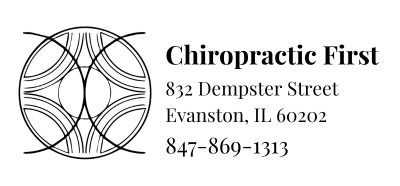Processing is the Name of the Game
I can always tell the impact of a yoga class I’ve taught by the depth students go into deep relaxation. If we have stimulated all aspects of the nervous system, done every type of yoga movements (forward, backward, twisting, inversion, balancing) and performed poses from each position (seated, standing, prone, dorsal) the mind and body will go deeply into Yoga Nidra, the deep relaxation meditation practice done at the end of yoga. The pose we are laying in is called Savasana, or Corpse Pose.
Have you ever wondered why it is called that? Sometimes I tell kids in class that it’s because you lay down and relax you body so much that you are lifeless—like a dead body. I suppose that only describes how still and quiet I want them hold Corpse Pose but that’s not the entire truth. Yoga Nidra literally means: Yogic Sleep. It is describing a brain-wave state that is in-between Deep Sleep and Dream State. Yogis describe that Deep Sleep and the state of Enlightenment are very close to one another—the only difference is that you don’t remember anything in deep sleep but it is very restful.
Yoga Nidra is the best of both worlds. It is as restful as deep sleep (not dream state because that is very active and not so restful—you may have felt that if you woke up from a nightmare) while cultivating the mind’s observation and alertness skills. In a yoga class or practice setting, the potential depth one can enter in Yoga Nidra is in direct relation with what you do in the Asana (poses) and Pranayama (breathing exercises) portion of the session. In order to fully experience Deep Relaxation Meditation the body must be stimulated, activated and Yoga Nidra should be for at least ten minutes.
It is too bad that in many yoga classes these days, under the dominance of Vinyasa (flow) style practices, students are practicing mainly forward bends and very short Savansana at the end. The secret is: therapeutic and healing properties of yoga live in the space between poses and Yoga Nidra at the end! Another important point is that Yoga Nidra can provide kids and adults with time and space to process their daily experiences i.e. our heavy load of sensory input. When applying the yogic understanding of the relationship of activation and relaxation in the therapeutic application of Sensory Integration Disorders e.g. Autism, ADD, ADHD, etc. (shared by children and adults alike) Yoga Therapy can make a huge impact and build necessary skills to alter behavior. In many ways, sensory integration and processing is a challenge to all beings living in our fast-paced globalized world today.




No comments yet.